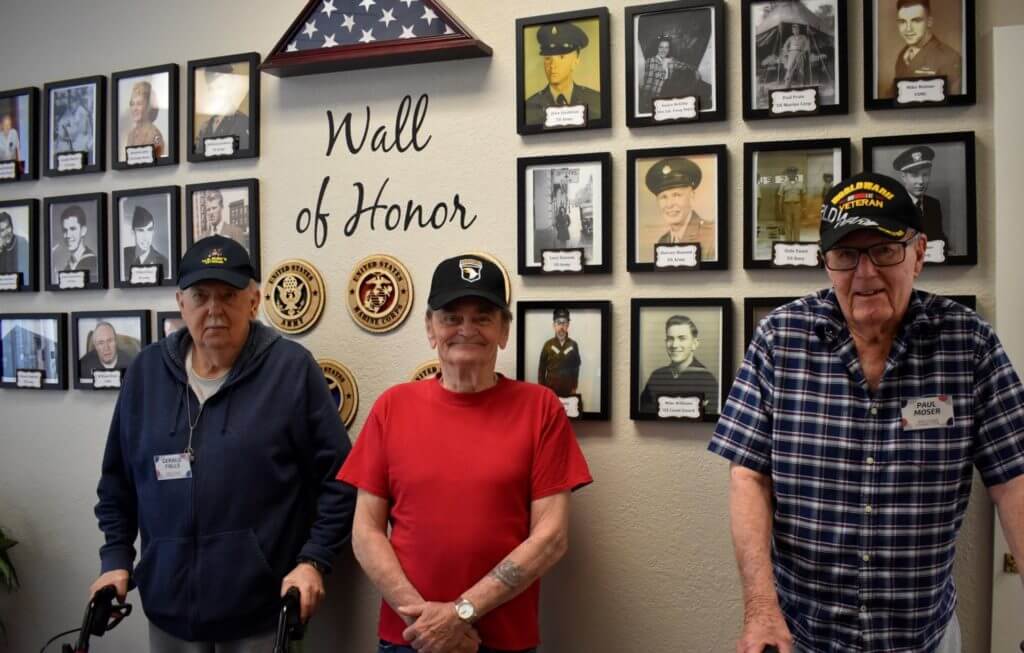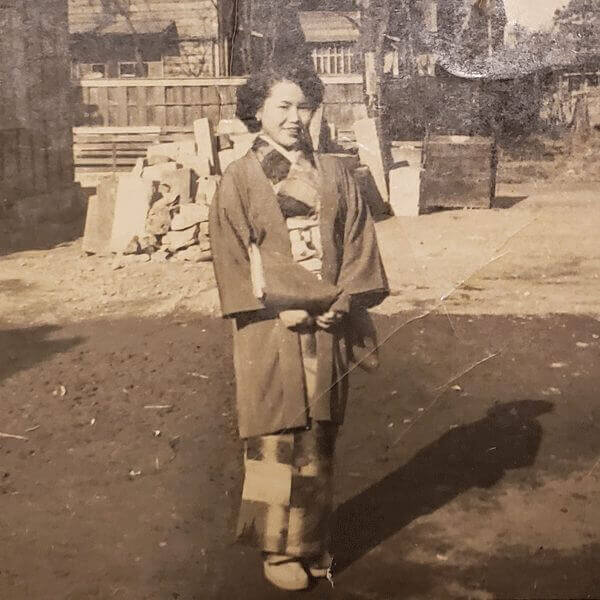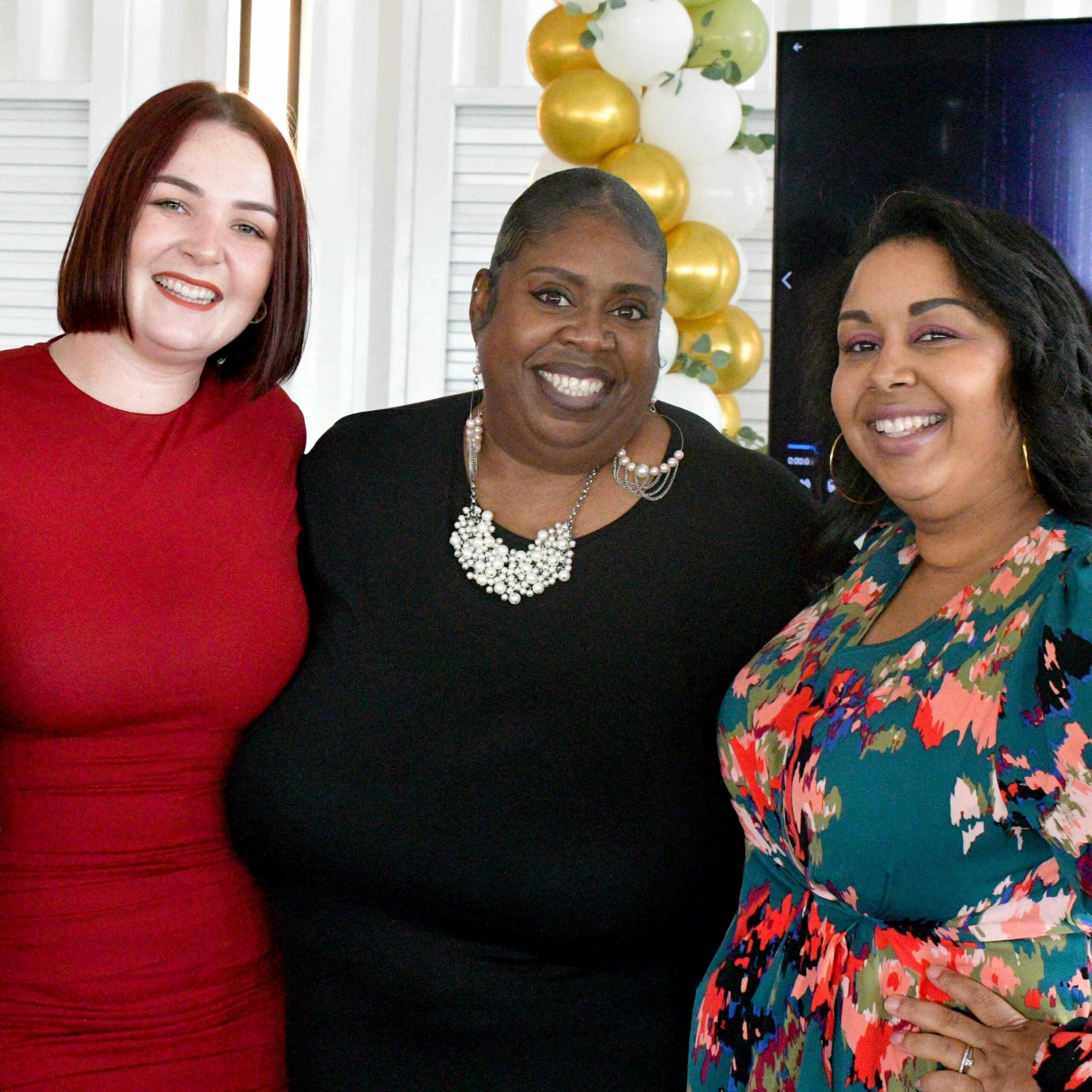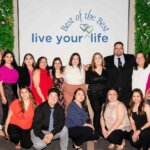Paul’s Story: Part of An Invasion That Fortunately Never Happened
Paul’s Story was written by fellow Carlton Pleasant Hill – Martinez resident, Harriett Burt, and it recounts Paul’s time in the service as a young man.
Paul Moser graduated from Pittsburg High School in Contra Costa County in 1942. He and his three best friends signed up for the service in 1943, Paul choosing the US Navy’s V-12 program which trained young enlistees to be Naval officers. He took basic training at San Mateo Junior College and was accepted to Midshipman School at Northwestern University in Chicago for their 90-day training program.
Paul was sent to New Orleans and assigned to a Tank Landing Ship (LST). This kind of ship was used throughout the Pacific and most famously for the landing at Normandy.
Deployment to the Philippines
In 1944, Paul was transferred from New Orleans to the Philippines where the Japanese had just been “largely” defeated with a few being captured or escaping to home or into the jungles of the various islands. Equipment was being gathered and training was underway for an invasion of Japan when Paul arrived. At the age of 20, he was named Executive Officer of Ship 741 overseeing a total of four officers and 110 sailors.
According to Paul, Winston Churchill later said, “LSTs won the war.” Had they been needed for a fight in the Japanese home islands, Paul and all the others who were being trained knew it would have been a ‘fight to the last man’ by the Japanese as it had already been on the Pacific islands. Only a literal handful of the American military, a few scientists, and the Soviets as it turned out, knew the Manhattan Project was about to achieve the atomic bomb. Paul and the 741 crew used the time in the Philippines to train.
An interesting point Paul makes is that by 1943-44, very few of his high school classmates were joining the service because it was so easy to get well-paying jobs in the war industries locally with US Steel, Dow Chemical, Shell Oil, and C&H Sugar. He chose to sign up for the Navy for patriotic reasons.
On August 9, 1945, the Japanese emperor, Hirohito, announced the Japanese army would surrender following the second atomic bomb drop on Nagasaki. After a week of internal and external back-and-forth, Japan officially surrendered on the Allied terms on August 15.
Returning Home to Martinez
Paul and the crew of 741 brought the ship home to Martinez, California, anchoring right offshore of what is now Waterfront Park. Since the ship was stocked full of all kinds of supplies, the crew including Paul were allowed to help themselves. When Paul’s father came to pick him up in the family car, Paul grabbed a pistol, some tools, and lots of food which his family enjoyed.
Looking Back
What really stands out in his mind 75 years later? “To me,” Paul says, “one of the greatest things the United States ever did was the GI Bill of Rights which made it possible for so many veterans to go to college. We got $65 a month to cover tuition and all supplies. ‘The Greatest Generation?’ — the GI Bill was part of that.”
Browse Carlton’s full collection of STORIES OF THE HEART.






